The holidays are a time for family, food, and, of course, fun traditions. But did you know that Christmas isn’t always celebrated the way you might think? While you’re hanging stockings, decking the halls, and singing carols, other parts of the world are celebrating Christmas in totally bizarre, fun, and sometimes downright weird ways.
In this guide, we’ll take you on a global journey, revealing the strangest Christmas traditions that you may never have heard of—trust us, you’ll want to add them to your bucket list. So buckle up, and get ready to explore some of the quirkiest holiday customs, straight from the locals who know them best!

1. Krampus: The Christmas Devil in Austria and Germany
What is Krampus?
Forget Santa’s sleigh—if you live in Austria or Germany, there’s a chance your Christmas will be interrupted by the terrifying Krampus… This half-goat, half-demon creature is the stuff of nightmares in world wide Christmas traditions. While Saint Nicholas brings gifts to well-behaved children, Krampus is the one who punishes the naughty ones.
How Do Locals Celebrate?
The Krampuslauf (Krampus Run) is the highlight of the holiday season in many Austrian and German towns. Locals dress up as Krampus, donning terrifying masks and furry costumes, and then they parade through the streets, scaring the living daylights out of everyone (especially kids). If you’re traveling to Austria or Germany in December, be on the lookout—Krampus might just pay you a visit!
Local Tip: Want to really experience Krampus in action? Head to Salzburg, Austria, where the Krampuslauf has become a massive event. Just remember—don’t be naughty!
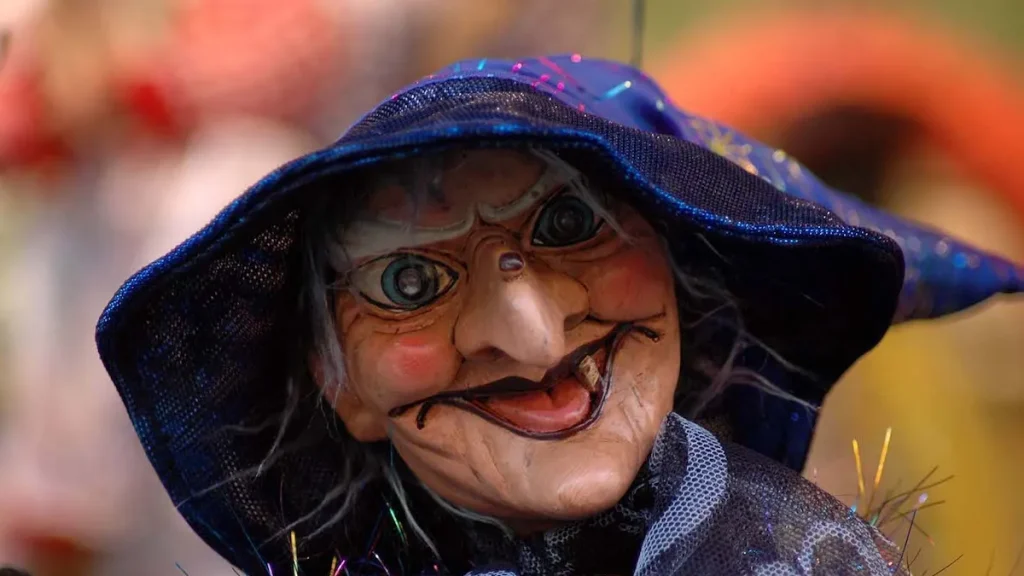
2. La Befana: Italy’s Christmas Witch
Who is La Befana?
In Italy, the story of La Befana is just as important as the tale of Santa Claus in Christmas traditions. La Befana is a friendly, but slightly kooky, witch who visits children on the night of January 5th (Epiphany Eve). According to the legend, La Befana was too busy cleaning her house to join the Wise Men on their journey to find baby Jesus. As a result, she now delivers gifts to kids on Epiphany Eve.
How Do Italians Celebrate?
While Christmas Day is important in Italy, it’s the night of January 5th that really steals the show. Kids leave out stockings for La Befana and may even leave her a glass of wine and a plate of cookies—because, hey, witches need snacks too! The next morning, they find that La Befana has filled their stockings with sweets and small toys, or—if they’ve been naughty—some lumps of coal.
Secret Insider Tip: If you happen to be in Rome on January 5th, make sure to visit Piazza Navona. This piazza turns into a massive Christmas market where you can buy everything from toys to Befana-themed souvenirs.
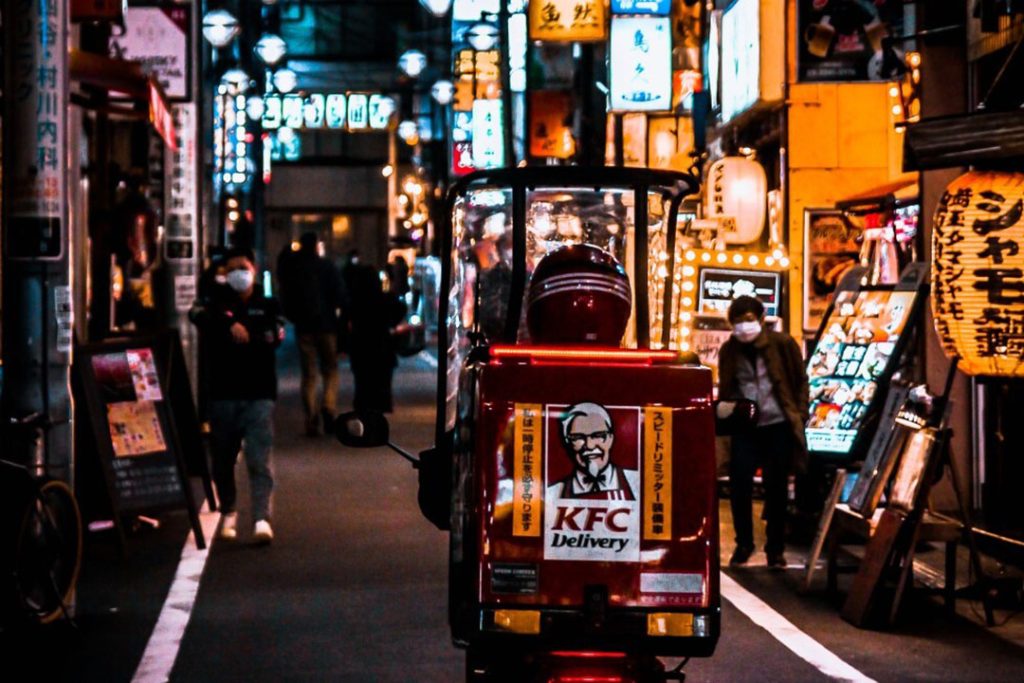
3. KFC Christmas Dinner: Japan
Why KFC?
Christmas traditions in Japan aren’t as traditional as in other countries. While they don’t necessarily celebrate the religious aspects of Christmas, they’ve adopted the holiday as a time to feast with friends and family. The twist? Instead of turkey or ham, the go-to Christmas meal is KFC fried chicken!
How Did This Tradition Start?
In the 1970s, KFC launched a brilliant marketing campaign in Japan that promoted “Kentucky for Christmas.” The campaign was so successful that it’s now become a holiday ritual. If you’re in Japan around Christmas, be prepared to see long lines at KFC restaurants, with people ordering their bucket of fried chicken weeks in advance.
Pro Tip: If you’re in Japan and want to join in on the fun, don’t forget to reserve your Christmas meal at KFC early! Otherwise, you might be stuck with a side of disappointment.
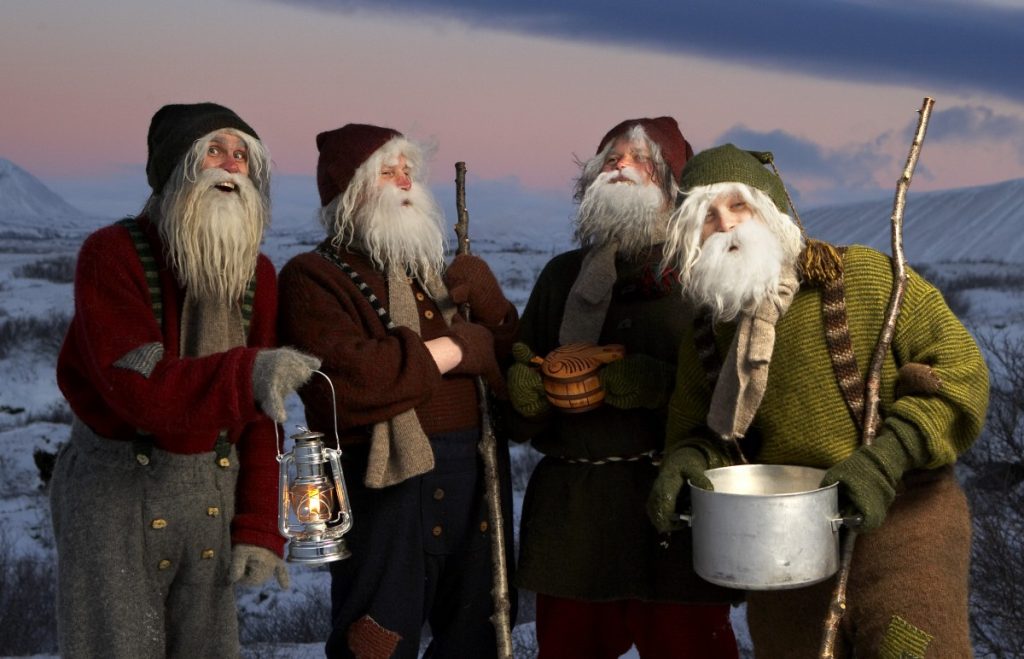
4. The Yule Lads: Iceland’s Mischievous Christmas Traditions
Who Are the Yule Lads?
In Iceland, Christmas isn’t just about one jolly old man—it’s about 13! The Yule Lads are a group of mischievous trolls who come down from the mountains to cause trouble in the days leading up to Christmas. Each Yule Lad has a distinct personality and a naughty habit, like stealing food, slamming doors, or even licking spoons!
How Do Icelanders Celebrate?
During the 13 days before Christmas, kids in Iceland place their shoes on the windowsill. Each night, one of the Yule Lads will leave a small gift in the shoe—if the child has been good. If not, they may receive a rotten potato (yikes!). The Yule Lads are also known to give the kids a little scare, so don’t be surprised if you hear strange noises in the night!
Secret Insider Tip: Visit Iceland in December, and make sure to check out the Yule Lad museum in Reykjavik.
It’s the best place to learn about these quirky holiday figures.
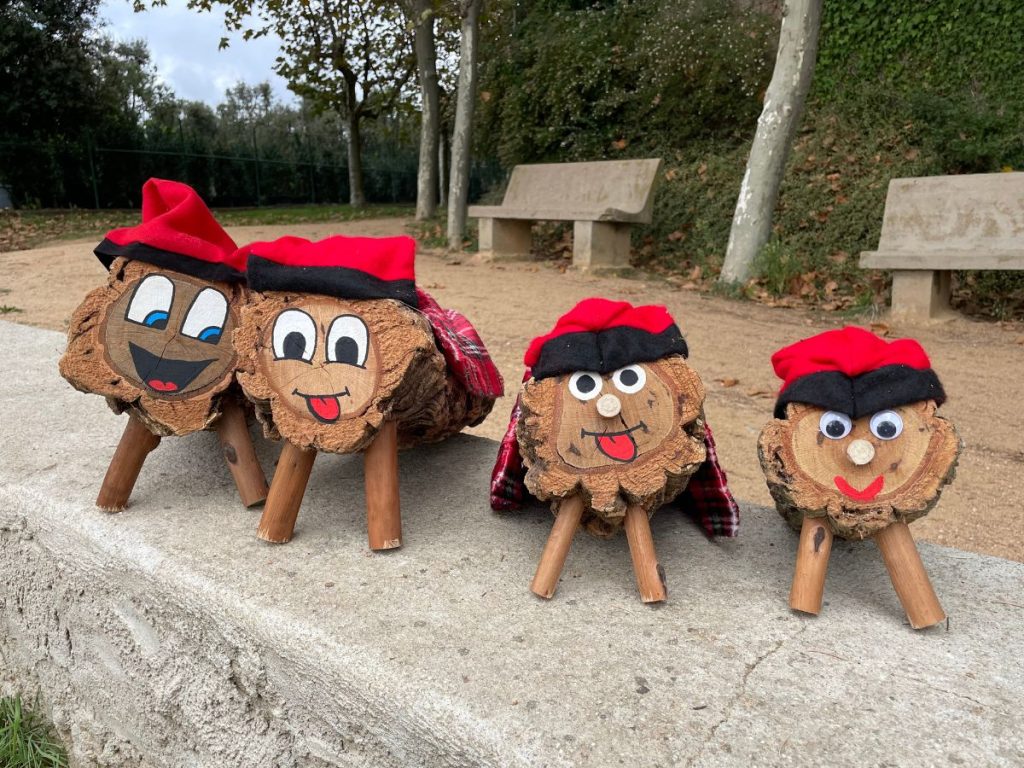
5. Caga Tió: The Pooping Christmas Log of Spain
What is Caga Tió?
If you’ve ever thought Christmas traditions couldn’t get any weirder, Spain is here to prove you wrong. Meet Caga Tió, the pooping Christmas log. This tradition, mainly popular in Catalonia, involves a wooden log with a painted face and a red hat. On Christmas Eve, families “feed” the log by giving it treats for several days leading up to the holiday. Then, on Christmas Day, children hit the log with sticks while chanting a song—voilà! The log “poops” out sweets and small gifts.
How Do Locals Celebrate?
The Caga Tió is placed in the living room, and kids take turns “feeding” it. On Christmas Day, it’s time to bring out the sticks and start hitting the log while singing: “Caga Tió, caga torrons, caga neules, que son bons!” Translation: “Poop, log, poop nougat and wafers, because they’re good!”
Pro Tip: If you’re lucky enough to be in Barcelona around Christmas, you can find Caga Tió and other quirky holiday decorations in the city’s famous Christmas markets, like the Fira de Santa Llúcia.
Check out this classic Passport episode about Caga Tió.
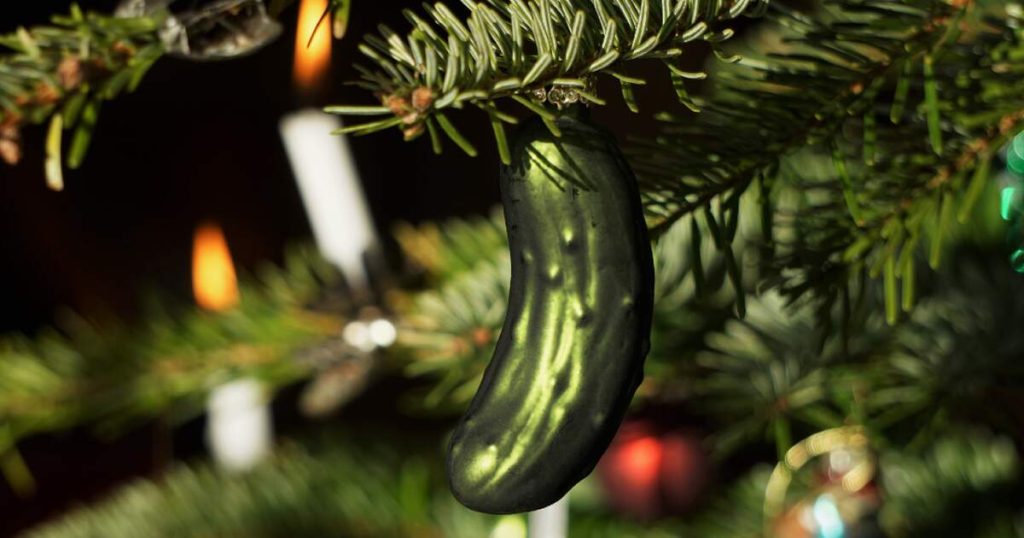
6. The Christmas Pickle: Germany and the US
What’s the Deal with the Christmas Pickle?
This tradition is a little…odd. The Christmas pickle is a decoration shaped like a pickle, and it’s hidden somewhere on the Christmas tree. The first person to find the pickle gets a special gift or is said to have good luck for the coming year.
Where Did This Tradition Come From?
Although it’s widely associated with Germany, the origins of the Christmas pickle are a bit murky. Some believe it’s a German tradition that was brought over to the U.S. by German immigrants, while others think it’s an American invention.
Local Tip: If you’re in Germany, you’ll find Christmas pickles in just about every Christmas market. Grab one as a souvenir, or better yet, start your own tradition with a pickle hunt at home!
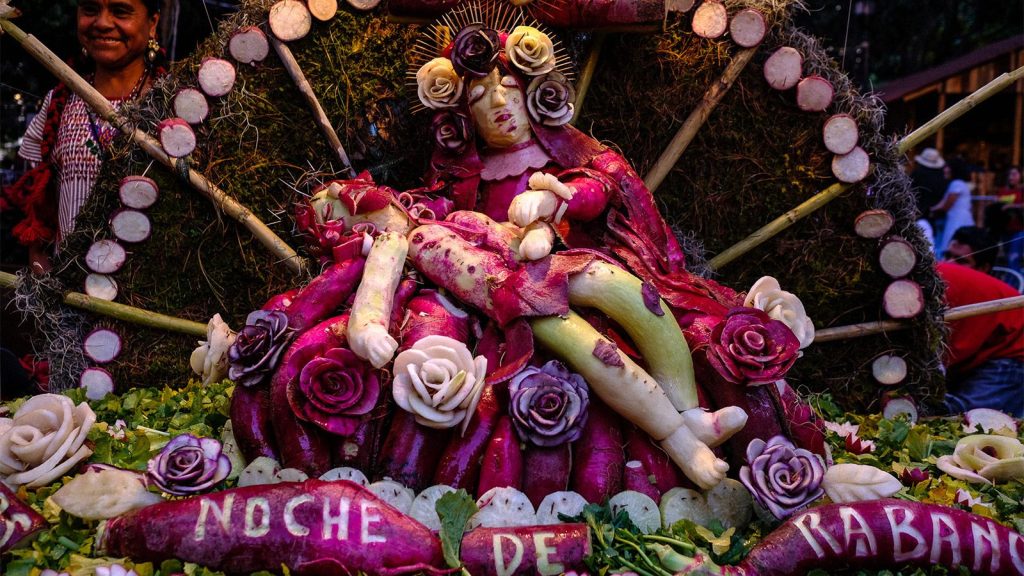
7. The Night of the Radishes: Mexico
What Are the Night of the Radishes?
In Oaxaca, Mexico, December 23rd is dedicated to a very unusual tradition—the Night of the Radishes (La Noche de los Rábanos). The event involves carving intricate scenes out of radishes! Think of it like a vegetable version of pumpkin carving, but much more detailed.
How Do Locals Celebrate?
Local artisans carve radishes into elaborate scenes, ranging from Nativity scenes to traditional Mexican folklore. The event is part of a larger Christmas festival and is open to the public. People gather to admire the radish art and enjoy hot drinks and traditional foods.
Secret Insider Tip: If you’re visiting Oaxaca, the radish carvings are a must-see! Don’t miss the festival’s grand parade of lights afterward.
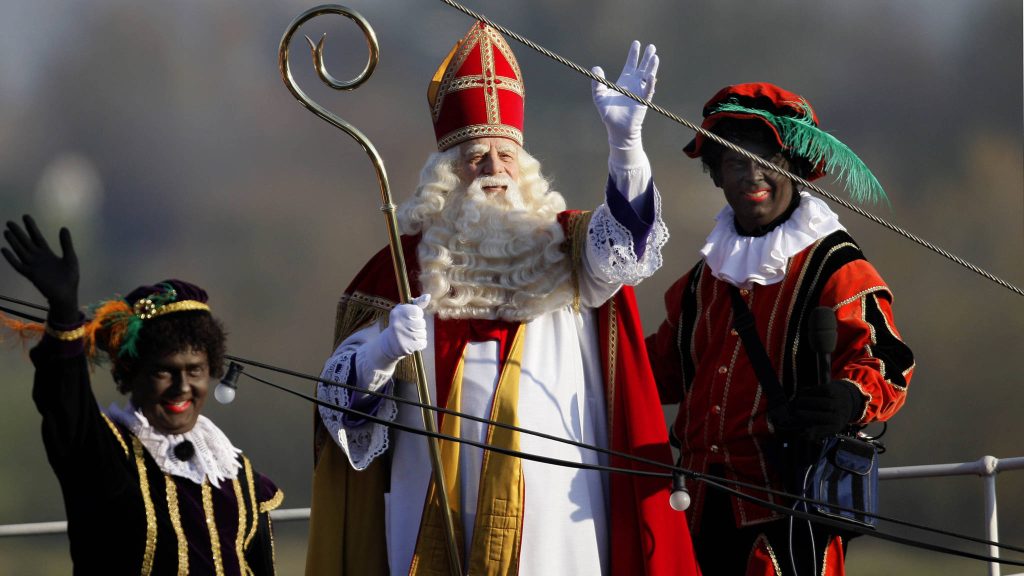
8. Sinterklaas and Zwarte Piet: The Netherlands
Who is Sinterklaas?
Sinterklaas is the Dutch version of Santa Claus, and he arrives in the Netherlands in mid-November, long before Christmas. What makes this tradition unique is the character of Zwarte Piet (Black Pete), Sinterklaas’s mischievous helper.
What’s the Controversy?
While Sinterklaas himself is a figure of generosity in Dutch Christmas traditions, Zwarte Piet has been a subject of controversy in recent years due to racial sensitivity issues. Historically, Zwarte Piet has been depicted as a black-faced character, which has sparked debates over racism. In response, many communities in the Netherlands have modified the portrayal of Zwarte Piet, opting for more neutral versions of the character, like soot-faced Piet, as a reflection of the chimney soot.
Pro Tip: If you’re visiting Amsterdam during Sinterklaas season, be aware of the ongoing discussions around the tradition. It’s an interesting cultural moment to observe!
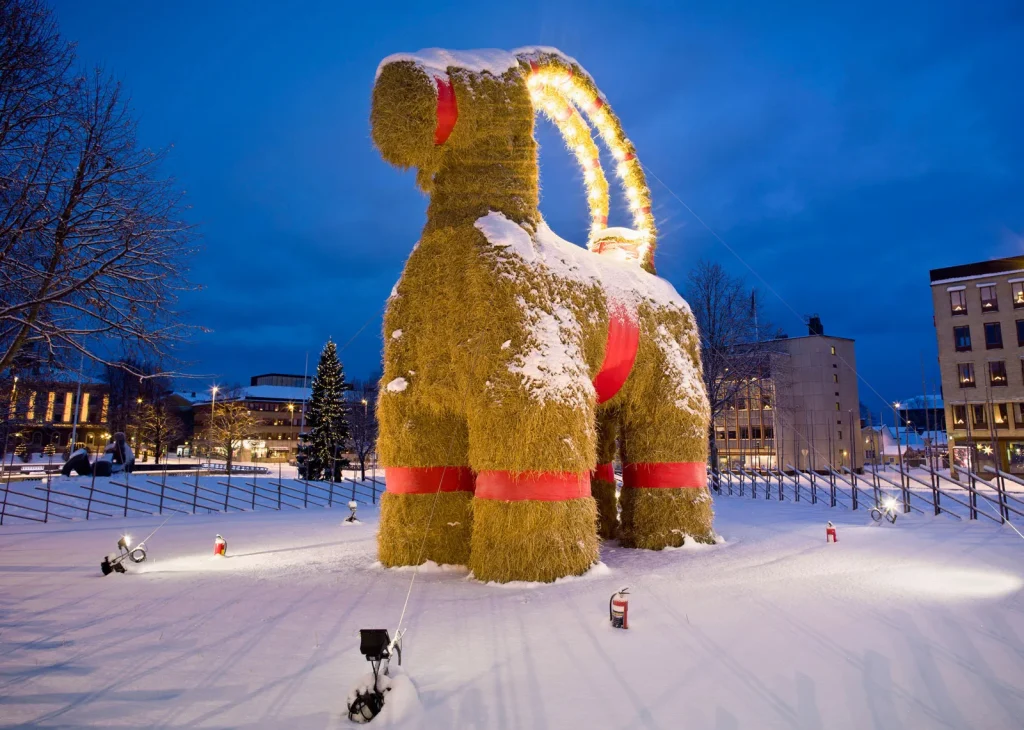
9. The Yule Goat
What is the Yule Goat?
In Sweden and Finland, two worldwide champions of Christmas traditions, the Yule Goat is an ancient Christmas figure that dates back centuries. Originally, the Yule Goat was thought to be a creature that helped deliver gifts to children, but over time, it has evolved into a more mischievous figure who scares people.
How Do Locals Celebrate?
In modern times, the Yule Goat is mostly seen in the form of decorations. In Gävle, Sweden, a giant Yule Goat is erected each year in the city center. But watch out—this goat is a target for pranksters, and there’s a long-standing tradition of people attempting to set it on fire.
Local Tip: If you’re in Gävle, Sweden, make sure to check out the giant Yule Goat and keep your fingers crossed that it survives until Christmas!
Wrapping It Up: The World’s Wildest Christmas Traditions
From pooping logs to terrifying Christmas devils, the world is full of bizarre and beautiful holiday traditions. Whether you’re planning to travel or just love discovering strange customs, these weird Christmas celebrations will certainly add some excitement to your holiday season.
Pro Tip: Traveling during the holidays? Make sure to check out these quirky Christmas traditions first-hand. They’re not just a great way to learn about different cultures—they’re a fun way to make your own holiday memories!
Happy holidays, and remember: when it comes to Christmas, there’s always something new to discover!